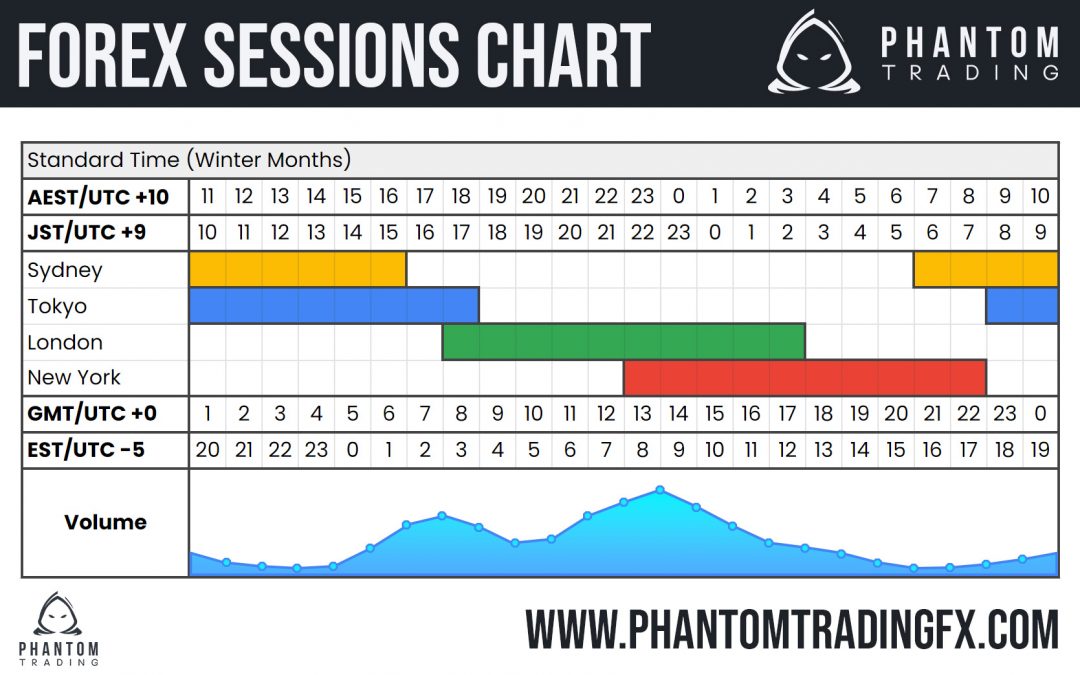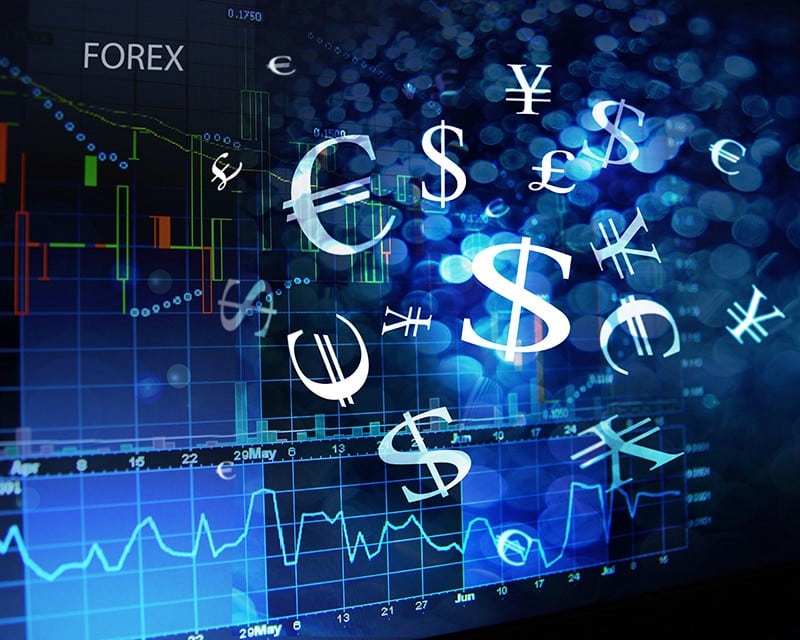Excellent Reasons To Selecting Fx Trading Sites
Wiki Article
Top 10 Risk Management Strategies For Forex Online Trading
Forex trading is a high-risk business. Successful Forex traders must be aware of their risk. Here are the top 10 tips for risk management to protect your capital investment and minimize potential losses.
Set Stop Loss Orders in every Trade
1. Stop-loss orders close trades automatically once the market has reached the agreed-upon price. This limits potential losses. Stop-loss orders guarantee that you won't lose any more money than you can afford, if your trade goes in the wrong direction. When you are first opening a trading account, you must always establish a stop-loss.
2. Define Risk per Trade
Limit the amount you are willing to risk for each trade, which is usually set not to exceed 1-2 percentage of the balance in your account. This will allow you to remain in the market even through losing streaks, and prevents major loss of your account due to a single trade.
3. Use Proper Position Sizing
The term "position size" refers to the amount of a currency you can buy or sell during a trade. The size of your position should be adapted based on the amount of money you have in your account, the amount of risk when you trade, and the distance between you and your stop-loss. To ensure a steady risk level, you should reduce your size of the position in the event that, for instance, you have an increased stop-loss.
4. Avoid Over-Leveraging
Gains and losses are amplified when leverage is high. Although numerous brokers provide high leverage, beginners must stick to low leverage. The high leverage could quickly degrade your account if you make trades against you, so it's recommended to begin with a low leverage (1:10 or less) until you gain confidence.
5. Diversify Your Trades
Avoid investing all of your money into a single trading or pair. Diversifying your trading with different timeframes and pairs can lower the chance of losing funds due to unanticipated circumstances. Avoid excessive diversification. It could make it difficult to focus, and you will be spread too thin.
6. Implement an Investment Plan With Risk Limitations
A trading plan with clear rules for entry, departure, and risk tolerance will assist you in keeping your sanity. Set daily or weekly limits on risk, such as not putting your money at risk by more than 5percent of your account per day. If you've reached your limit, it's better to take a look at the situation instead of trading out of frustration.
7. Utilize trailing stops to maximize profit
A trailing loss is a dynamic variable stop-loss. It can be adjusted depending on the direction of trade in your favor. This lets you make profits if the market reverses and allows your business room to grow when it's moving in an upward direction. It is an effective way to preserve profits without closing the trade too quickly.
8. Control your emotions and avoid revenge trading
Emotional trading could lead to reckless decisions and risk. The combination of greed, fear and anger can cause you to make impulsive decisions or take on more risk than you anticipated. Avoid revenge trading or trying to make up for losses by trading following a loss. Be sure to limit the loss's growth by adhering to your risk limits and your strategy.
9. Avoid Trading During High-Impact News Events
The volatility of markets can be increased by news that has a high impact including economic data or central bank announcements. If you're unfamiliar in trading news, either close your positions or avoid trading immediately following major announcements. Prices could rise which can lead to unanticipated losses.
10. Keep a Trading Journal for reviewing mistakes
Keep a journal to learn from your losses and wins. Make detailed records of every trade. Include the reason you took the trade, the risks as well as the location where the stop-loss is placed, and what the result was. Reviewing your journal periodically will show patterns of your mistakes and successes. This will help you improve your risk management over time.
Forex trading is a complex process that requires lots of risk management. It is important to find lucrative opportunities and manage your risks. Follow these tips to protect your capital investment in trading, limit losses, and create a sustainable method. View the most popular https://th.roboforex.com/ for blog examples including best forex trading platform, broker forex usa, 4x trading, united states forex brokers, best forex trading broker, forex trading brokers, recommended brokers forex, best broker for currency trading, platform for trading forex, fbs review and more.

If You Are Thinking About Trading Forex Online It Is Important To Consider The Following Tips:
Both technical and fundamental analysis play an important part both in Forex trading. You will be able to make better choices by mastering these skills. Here are the top 10 suggestions to help you apply technical and Fundamental Analysis in your online Forex trading.
1. Identify the most important Support and Resistant Levels
The levels of support and resistance are price levels where currency pairs often pause or reverse. These levels are psychological barriers and are therefore crucial to plan entry and exit strategies. Try to recognize these zones to know where the price could reverse or even break out.
2. Use multiple timeframes to gain an overall view
The analysis of charts for different time frames (e.g. daily, 4-hour and 1-hour) provides insight into both the larger picture as well as shorter-term trends. While longer timeframes are an excellent gauge of general trends, the lower timeframes may give more precise timing and entry points.
3. Master Key Technical Indicators
Moving Averages, Relative Strength Index (RSI), Moving Average Convergence Divergence Divergence(MACD) are the three most crucial indicators in Forex trading. Learn the functions of each indicator and learn how to combine them for better accuracy.
4. Candlestick patterns can be an excellent indication of patterns on candlesticks.
Candlestick patterns including dojis, hammers, or engulfing patterns are often used to signify potential reversals or continuations. Learn to recognize these patterns and identify the possibility of price fluctuations. Combining candlestick analysis with other tools, like support and resistance, can help improve the accuracy of your trades.
5. Utilize Trend Analysis to identify Clues for Direction
Use moving averages or trendlines to identify market trends. Forex traders are influenced by trends since they receive better returns when they trade in this direction. If you are not an expert in the field, stay clear of trading against the trend.
Fundamental Analysis Tips
6. Find out more about the central bank's policies and interest rates
Central banks control interest rates. This directly impacts currency values. Higher interest rates tend to increase the strength of the currency. Conversely, lower interest rates could weaken the currency. Keep an eye out for central bank statements that can cause market instability.
7. Follow the Economic Indicators and Reports
Key economic indicators such as unemployment, GDP, inflation, or consumer confidence can provide useful information about the state of economic health of a nation and impact currency values. To keep up-to-date with the latest releases, you can use an economic schedule to monitor the effects of these indicators on your currency exchange rates.
8. Geopolitical Events and News - Study
Markets are affected by events such a elections, conflicts or trade negotiations. Be aware of global news, particularly in relation to major economies such as the U.S.A., Eurozone and China. Prepare to alter your strategy if sudden geopolitical developments take place.
Combining Fundamental and Technical Analysis
9. Align technical signals with fundamental Events
Combining technical and fundamental analysis can help improve decision-making. In the case of an economic report that is expected to be positive and a technical set-up that indicates a strong upward trend, the two can be combined to provide a stronger buying signal. The combination of these two strategies decreases the uncertainty and improves the probability of being successful.
10. Use risk events to create trading opportunities
Price fluctuations can be accelerated by news events that have a high impact, such as Federal Reserve meetings, or releases of non-farm employment (NFP). These events are usually avoided by traders due to their unpredictability. However if you know how to handle them you can make the most of the price swings with the help of technical analysis. Be cautious, use tight stop-loss orders, and be ready to adapt quickly.
The integration of fundamental and technical analysis is crucial in Forex trading to give traders an understanding of the market. Through mastering these methods traders will be able to better understand the currency markets and make better strategic choices and enhance overall performance. Follow the top https://th.roboforex.com/forex-trading/assets/other-assets/ for blog tips including best rated forex brokers, currency trading demo account, forex broker, forex trading brokers, forex trading forex trading, best forex broker in usa, best broker for currency trading, recommended brokers forex, foreign exchange trading platform, good forex trading platforms and more.

Top 10 Tips For Achieving Your Financial And Personal Goals When Trading Forex Online
To be successful in Forex trading, it is crucial to establish clear objectives. Well-defined goals help keep your trading centered, disciplined, and aligned with your overall financial objectives. Here are ten tips on how you can set and achieve financial and personal goals when trading online.
1. Define Your Financial Objectives Clearly
Create financial objectives that are specific, such as an annual percentage target for return or a monthly income goal. Decide if your goal is the growth of capital, additional revenue, or protecting your wealth. With clear goals, you can choose strategies that align with your goals.
2. Create a Realistic Timeframe
Forex trading requires time to study, develop and practice. Set short, medium-term, or long-term goals that allow you to keep track of the progress made and to avoid being pushed by unrealistic expectations. You can establish a short-term trading strategy and a long-term return goal.
3. Determine Your Risk Tolerance
Check your comfort level with your level of comfort with risk. Be sure that your goals and your level of comfort match. Be prepared to experience higher volatility and loss in the event that, for example, you aim for high returns. Understanding your tolerance for risk will help you to create realistic goals and pick strategies that fit within your comfort zone.
4. Plan a Capital Allocation Strategy
Choose the percentage of your budget you're willing to put into Forex trading. Don't invest more than you can manage, as this may negatively impact your financial stability. Be sure your trading capital does not interfere with your funds needed for bills or savings.
5. Priority is given to the growth of competencies.
Instead of focusing solely on financial gains, make it a goal to continuously increase your trading skills and understanding. Goals for developing your skills could include learning specific trading strategies, improving risk management or controlling emotions under stress. Over time, the skills you develop will lead to greater results.
6. Prioritize Consistency Over Large Wins
Many traders who are new are eager to make big gains quickly. But experienced traders know the benefits of steady, consistent earnings are more sustainable. Set the goal for each month to achieve the optimum percentage gain. Regular returns will assist you in avoiding risky actions and establish a reliable track record.
7. Be sure to monitor and evaluate your performance frequently.
You should keep an account where you record every trade you make and review its outcome. Also, think about the lessons you have discovered. When you review your performance monthly or every year, you will be able to refine your approach and make adjustments to your strategies.
8. Create a Behavioral and Psychological Goal
Trading is a process that requires both mental and emotional control. Set goals based on psychological aspects, like keeping your trades from being impulsive, adhering to your trading strategy, or controlling the urge to take revenge on a trade. These goals will help you develop an enduring mindset and disciplined mindset.
9. Do not compare yourself to others.
Compare your Forex trading performance with the results of others, and you might feel pressured to the max, making risky and unwise choices. Set goals based on your personal improvement and financial capacity and not based on the performance of others. Focus on a gradual improvement rather than trying to compete with others.
10. Define a financial milestone or exit strategy
Set a goal that you'll stop trading, withdraw profits or evaluate your overall progress. As an example, if you reach a specific mark in your profit, you might be tempted to cash out your gains and take them in, or invest them elsewhere. By setting an "take profit" point, you can stay clear of overtrading, while appreciating your progress.
Establishing and implementing well-defined financial and personal goals in Forex trading can improve your discipline, ease anxiety, and help you to sustainable success. Keep in mind to adjust your goals as you grow and keep an eye on personal accountability, continual improvement and consistency. Have a look at the top https://th.roboforex.com/about/activity/awards/ for site tips including best currency brokers, forex trading forex trading, best forex trading platform, platform for trading forex, forex trading demo account, forex trading forex trading, good forex trading platforms, forex broker platform, forex trading platform, fx online trading and more.
